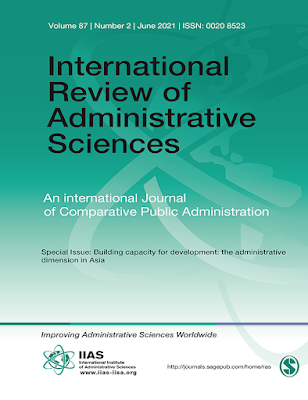With the proliferation of external actors such as states, international and regional organizations, NGOs, and individuals, contemporary international mediation has become increasingly crowded and complex.
Among international organizations, the United Nations has been one of the most frequent providers of international mediation since 1945. While the UN played important mediation roles in the immediate aftermath of the Cold War, its significance in mediation has been declining since the beginning of the 21st century.
At the same time, regional organizations have become increasingly engaged as peace mediators. Among them is the European Union. After initial failures to broker agreements in Yugoslavia’s conflicts in the 1990s, and a phase during which it consolidated its foreign and security policy, the EU has (re-)emerged as an important international provider of peace mediation, particularly in regions to the east and south of its area.
JULIAN BERGMANN examines UN-EU cooperation over peace mediation. He compares their conceptual approaches to peace mediation and the evolution of their institutional capacities, demonstrating that the EU has learned from the UN, while actively supporting the strengthening of UN mediation capacity.
“The most important difference concerns the embeddedness of mediation in a broader foreign policy agenda in the case of the EU compared to the UN,” he writes in the journal International Negotiation.
BERGMANN’s article, titled ‘“Sisters in Peace”: Analyzing the Cooperation between the United Nations and the European Union in Peace Mediation’, also examines models of EU-UN cooperation in mediation practice.
Drawing on an overview of cases of UN–EU cooperation, the article develops a typology of the constellations through which the two organizations have engaged with and supported each other. A case study on the Geneva International Discussions on South Ossetia and Abkhazia investigates the effectiveness of this coordination. The findings point to a high degree of effectiveness, although this has not yet translated into tangible mediation outcomes.
Among international organizations, the United Nations has been one of the most frequent providers of international mediation since 1945. While the UN played important mediation roles in the immediate aftermath of the Cold War, its significance in mediation has been declining since the beginning of the 21st century.
At the same time, regional organizations have become increasingly engaged as peace mediators. Among them is the European Union. After initial failures to broker agreements in Yugoslavia’s conflicts in the 1990s, and a phase during which it consolidated its foreign and security policy, the EU has (re-)emerged as an important international provider of peace mediation, particularly in regions to the east and south of its area.
JULIAN BERGMANN examines UN-EU cooperation over peace mediation. He compares their conceptual approaches to peace mediation and the evolution of their institutional capacities, demonstrating that the EU has learned from the UN, while actively supporting the strengthening of UN mediation capacity.
“The most important difference concerns the embeddedness of mediation in a broader foreign policy agenda in the case of the EU compared to the UN,” he writes in the journal International Negotiation.
BERGMANN’s article, titled ‘“Sisters in Peace”: Analyzing the Cooperation between the United Nations and the European Union in Peace Mediation’, also examines models of EU-UN cooperation in mediation practice.
Drawing on an overview of cases of UN–EU cooperation, the article develops a typology of the constellations through which the two organizations have engaged with and supported each other. A case study on the Geneva International Discussions on South Ossetia and Abkhazia investigates the effectiveness of this coordination. The findings point to a high degree of effectiveness, although this has not yet translated into tangible mediation outcomes.
Bergmann, J. (2021). “Sisters in Peace”: Analyzing the Cooperation between the United Nations and the European Union in Peace Mediation, International Negotiation (published online ahead of print 2021). doi: https://doi.org/10.1163/15718069-bja10041


























